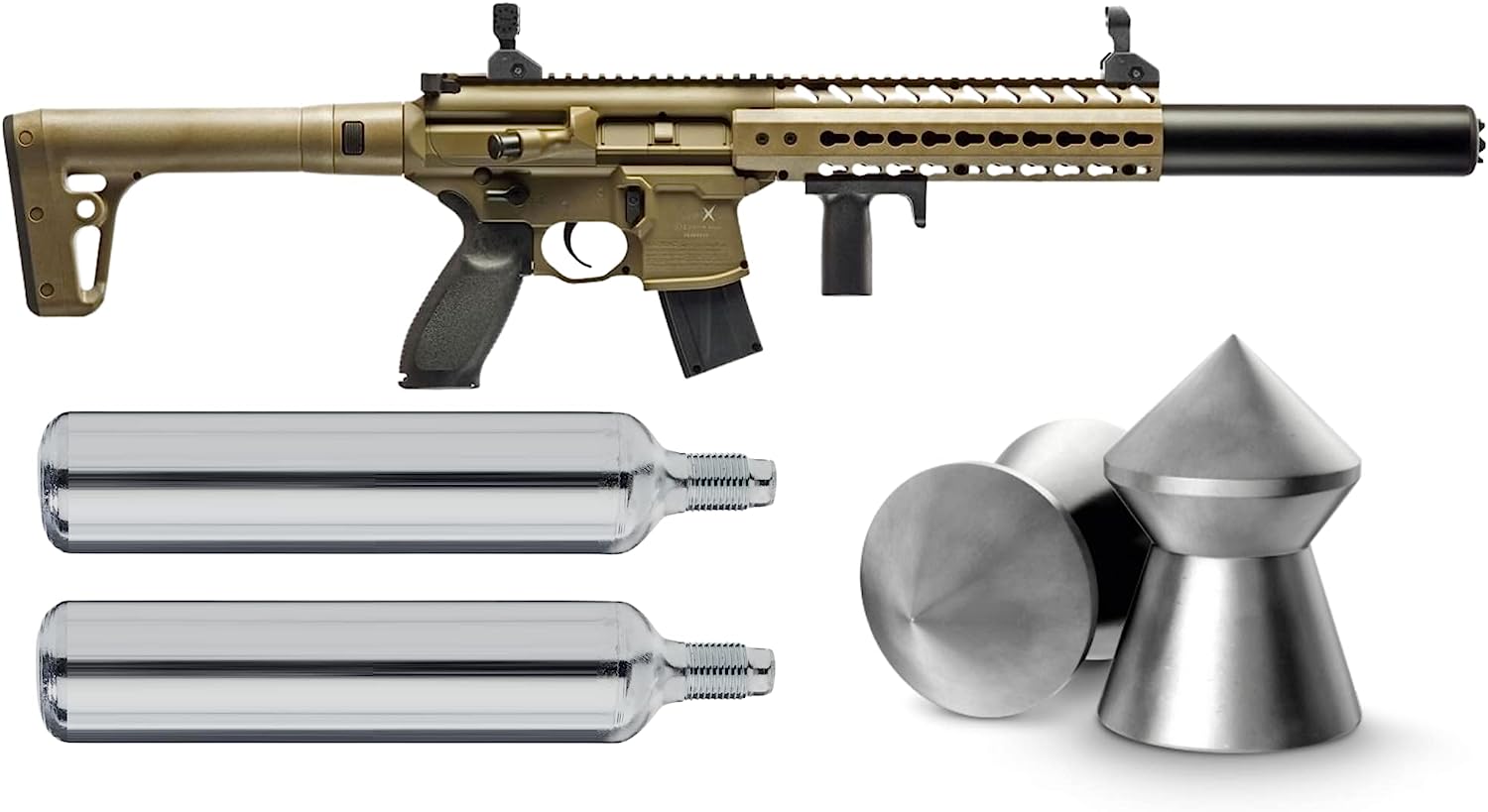Let’s Uncover the Mystery: Can You Diesel a CO2 Air Rifle?
Hello, air rifle fans! Today, we’re diving into a burning question: “Can you diesel a CO2 air rifle?” This topic has sparked quite a debate. If “dieseling” sounds like alien talk, don’t sweat it. We’ll tackle it together, step by step.
The ABCs of Dieseling
First up, let’s clarify dieseling. What is it? In simple terms, dieseling happens when something flammable, like fire in an air gun’s compression chamber. This fire is sparked by the high heat and pressure that builds up when you fire the gun. This event may cause a surge in the speed of the pellet. This boost is why some shooters might be tempted to try dieseling.
The Great Reveal: Can You Diesel a CO2 Air Rifle?
Now, back to our main question. Can you diesel a CO2 air rifle? The answer, quite simply, is no. Here’s why. Dieseling needs air compression to ignite the lubricant, causing the extra boost. But CO2 air rifles work differently than spring or piston-driven ones. They use the expansion of compressed CO2 gas, which doesn’t generate enough heat for oil or grease to catch fire.
The Downside of Dieseling CO2 Air Rifles
Safety First!
Let’s talk about the issues with dieseling a CO2 air rifle. First and foremost is safety. Dieseling can increase pressure within the gun. This increase can damage the air gun’s internal parts. It can even lead to sudden failures during use. In extreme cases, this could cause accidents. Safety should always be the top priority in any shooting activity. Any practices that could risk safety should be avoided.
The Impact on Performance
Next, let’s talk performance. Dieseling could, in theory, boost a pellet’s speed. But it’s not always a good thing. The extra pressure caused by dieseling can lead to uneven pellet speeds. This inconsistency can affect your accuracy. Moreover, as we’ve established, CO2 air rifles work differently than spring or piston air guns. Trying to diesel a CO2 air rifle would, at best, give no benefits. At worst, it could harm the rifle’s parts.
Maintaining Your Rifle: A Lifelong Commitment
Repeated dieseling could wear out your air gun faster. The extra pressure and heat can degrade seals and damage other parts, shortening your air gun’s life. This means higher upkeep costs and more frequent replacements.

Better Options: Safe Ways to Enhance Performance
So, what’s a better way to optimize your CO2 air rifle’s performance? Here are some safe and efficient alternatives:
Regular Maintenance: A Must-Do
The best way to ensure top performance is to keep your air gun clean and well-maintained. Regularly check and replace worn-out seals. Clean the barrel to remove any obstructions. Keep moving parts well-oiled.
Quality Ammunition: Worth the Investment
High-quality pellets can drastically improve your accuracy and consistency. All pellets are not created equal. It’s worth investing in better options, especially for precision shooting.
Sharpening Your Shooting Technique: A Constant Endeavor
Working on your shooting technique can also boost your air rifle’s performance. This includes breath control, consistent positioning, and mastering the trigger pull.
The Right Equipment: Not to Be Overlooked
Lastly, make sure you’re using the right equipment. This includes a quality scope for accurate shooting, the correct mount to ensure the scope stays in place, and a comfortable shooting rest or stand. The right accessories can drastically enhance your shooting experience and accuracy.
To sum it all up, while it’s tempting to push your air rifle to its limits, it’s crucial to do so safely and responsibly. Dieseling, particularly in CO2 air rifles, is not recommended. It poses safety concerns, can create performance issues, and may damage your rifle. Instead, focus on regular maintenance, use high-quality ammunition, improve your shooting technique, and use the right equipment for the best results. As always, prioritize safety and enjoy your shooting!

I’m an avid air rifle enthusiast and expert reviewer for this website. With a deep passion for air rifles and keen attention to detail, I provide honest and comprehensive reviews. Whether you’re a beginner or a seasoned shooter, trust me to guide you towards the perfect air rifle for your needs.

